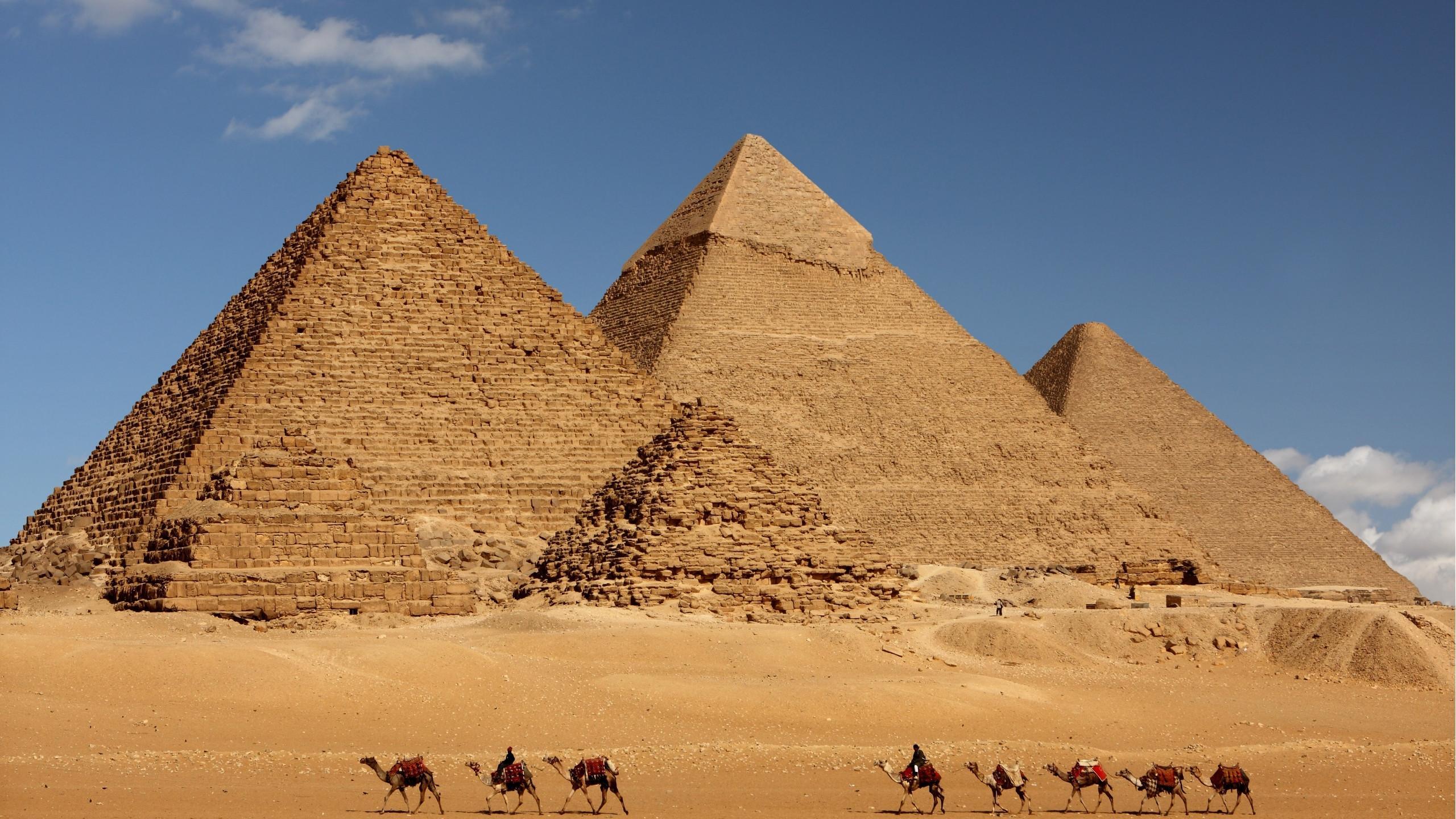Africa, a continent of vibrant cultures, diverse ecosystems, and dynamic societies, is witnessing an unparalleled demographic shift. As the world's second-largest continent both in size and population, Africa's demographic landscape is a fascinating study of rapid growth and diversity. This article explores the top 10 most populous countries in Africa, each a giant in its own right, contributing significantly to the continent's demographic, economic, and cultural tapestry. From Nigeria's bustling cities to Ethiopia's ancient landscapes, these countries are pivotal in understanding Africa's role in the global future.
1. Nigeria
[content-image number_of_columns="col-1" quantity="1" image_1="blog/millennium-park-abuja-nigeria.jpg"][/content-image]Nigeria stands as a colossus with an estimated population exceeding 200 million, making it not only Africa's most populous nation but also a pivotal economic powerhouse. The country's diverse ethnic landscape, featuring over 250 ethnic groups, underpins a rich cultural heritage and vibrant social fabric. Lagos, Nigeria's bustling metropolis, is a megacity that epitomizes the country's economic ambitions and youthful dynamism. Nigeria's demographic dividend, characterized by a large youth population, presents both challenges and opportunities for sustainable growth and innovation.
2. Ethiopia
[content-image number_of_columns="col-1" quantity="1" image_1="blog/medhane-alem-cathedral-in-addis-ababa-ethiopia.jpg"][/content-image]Ethiopia, home to over 115 million people, is a country where ancient traditions and modernity converge. As the cradle of coffee and one of the oldest civilizations in the world, Ethiopia's cultural and historical significance is unparalleled. The country's population growth is reflective of its status as a political and social cornerstone in the Horn of Africa. With diverse ethnic groups and languages, Ethiopia's demographic landscape is a mosaic of cultures, offering insights into human history and contemporary challenges.
3. Egypt
[content-image number_of_columns="col-1" quantity="1" image_1="blog/pyramids-egypt.jpg"][/content-image]Egypt's strategic location and historic legacy, with a population surpassing 100 million, make it a linchpin in Africa and the Middle East. The Nile River, the lifeline of Egypt, has nurtured civilizations for millennia, creating a rich tapestry of cultural and historical significance. Cairo, the capital, is a bustling metropolis that houses ancient wonders alongside modern advancements. Egypt's demographic profile is marked by a young population, urbanization trends, and economic opportunities tempered by social and political complexities.
4. Democratic Republic of Congo
[content-image number_of_columns="col-1" quantity="1" image_1="blog/small-village-in-green-hills-at-congo-river-democratic-republic-of-congo-africa.jpg"][/content-image]The Democratic Republic of Congo (DRC), with nearly 90 million inhabitants, is endowed with vast natural resources, including minerals critical to the global economy. Despite its wealth in resources, the DRC faces significant challenges such as political instability and infrastructural deficits. The country's demographic trends reveal a young and rapidly growing population, highlighting the need for sustainable development strategies to harness this demographic potential.
5. Tanzania
[content-image number_of_columns="col-1" quantity="1" image_1="blog/urban-area-of-the-city-of-arusha-tanzania.jpg"][/content-image]Tanzania's population of around 60 million is as diverse as its landscapes, ranging from the serene beaches of Zanzibar to the majestic heights of Mount Kilimanjaro. The nation's strong sense of identity and community, coupled with its wildlife and natural beauty, make it a pivotal country in East Africa. Tanzania's demographic dynamics, characterized by a high birth rate and a predominantly rural population, underscore the importance of sustainable development and conservation efforts.
6. South Africa
[content-image number_of_columns="col-1" quantity="1" image_1="blog/aerial-photography-of-cape-town-in-south-africa.jpg"][/content-image]With a population of approximately 59 million, South Africa is celebrated for its multicultural diversity and rich historical legacy. The country's transition from apartheid to a democratic society is a testament to its resilience and spirit. South Africa's economic infrastructure, mineral wealth, and innovation potential make it a critical player in Africa's future. However, the nation faces demographic challenges, including unemployment and inequality, requiring innovative solutions for inclusive growth.
7. Kenya
[content-image number_of_columns="col-1" quantity="1" image_1="blog/nairobi-kenya-skyline.jpg"][/content-image]Kenya, with over 50 million residents, is a beacon of technology and innovation in Africa. Nairobi, the capital, is known as "Silicon Savannah" for its vibrant tech startup ecosystem. Kenya's strategic location and diverse ecosystems, from the Great Rift Valley to the Indian Ocean coastline, contribute to its demographic and economic significance. The country's youthful population and entrepreneurial spirit are driving Kenya toward a future of innovation and growth.
8. Uganda
[content-image number_of_columns="col-1" quantity="1" image_1="blog/kampala.jpg"][/content-image]Uganda's lush landscapes and rich biodiversity have earned it the title "The Pearl of Africa." With a population exceeding 45 million, Uganda's youthful demographic is its most significant asset. The country's strong community ties and cultural diversity are central to its identity. Uganda's demographic trends highlight the importance of investment in education and health to leverage the demographic dividend for sustainable development.
9. Algeria
[content-image number_of_columns="col-1" quantity="1" image_1="blog/notre-dame-dafrique-a-roman-catholic-basilica-in-algiers-algeria.jpg"][/content-image]Algeria, with a population of over 43 million, is Africa's largest country by land area. Its vast landscapes, from Mediterranean coastlines to Saharan dunes, reflect a diverse cultural heritage. Algeria's demographic profile is shaped by its history, natural resources, and strategic importance. The country's youthful population presents opportunities for economic development, while also posing challenges for job creation and social integration.
10. Sudan
[content-image number_of_columns="col-1" quantity="1" image_1="blog/khartoum-downtown-skyline-blue-nile-waterfront-sudan.jpg"][/content-image]Sudan, with its population of over 43 million, sits at the confluence of African and Arab worlds. The country's diverse cultural fabric is woven from the threads of its numerous ethnic groups and languages. Sudan's demographic landscape is marked by transitions and transformations, reflecting its historical legacies and contemporary challenges. The Nile River, a symbol of life, runs through Sudan, embodying the country's potential for agricultural development and growth.
The top 10 most populous countries in Africa are a testament to the continent's diversity, resilience, and potential. Each country, with its unique challenges and opportunities, plays a crucial role in shaping Africa's demographic future. As these nations navigate the complexities of rapid population growth, urbanization, and economic development, they stand at the forefront of global discussions on sustainability, innovation, and social change. Understanding the demographic trends of these populous countries is essential for engaging with the multifaceted narrative of Africa's future, highlighting the continent's significance in the global community.
